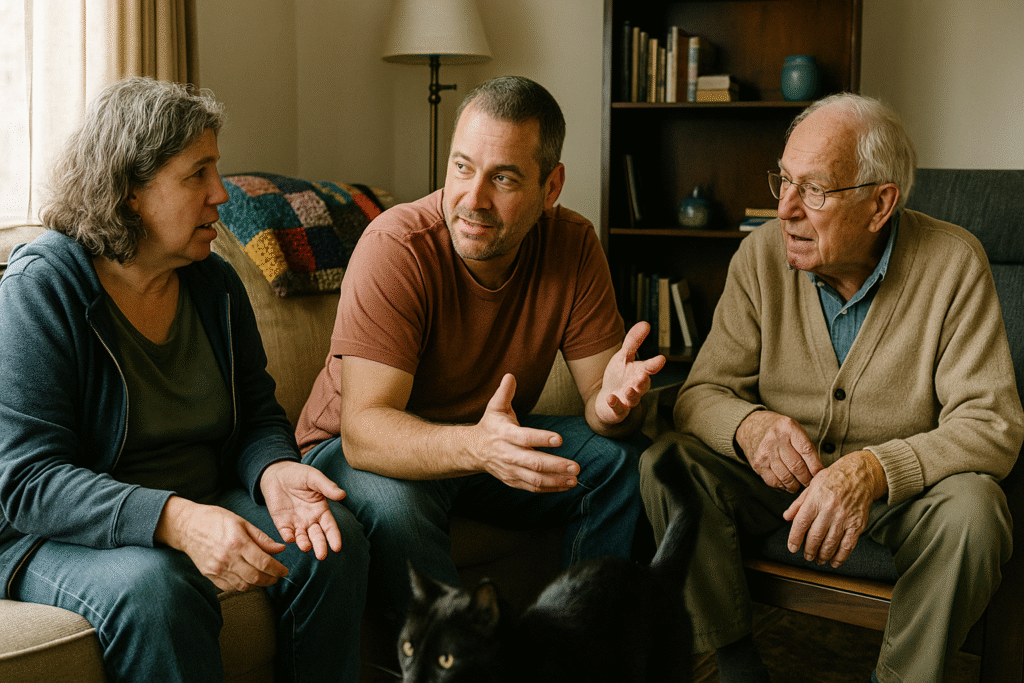Blog Post
Breaking Down Barriers to Cancer Screening
Color

Cancer screenings play a vital role in the early detection and treatment of various cancers, especially those that affect the cervix and breasts. These screenings act as powerful tools in identifying potential signs of cancer at an early stage, enabling prompt intervention and increasing the chances of successful treatment. Powerful statistics reveal the prevalence of cancer, underlining the need for widespread access to screenings. However, an unfortunate reality persists: there are barriers that hinder people from accessing breast and cervical cancer screenings. Healthcare inequalities further compound the issue, leaving many people of color, rural residents, and those living in poverty without adequate screening options.
By increasing screening rates by only 10 percentage points, researchers estimate that we could prevent 1,300 deaths from breast cancer and 3,400 deaths from cervical cancer every year.
(Let that sink in)
And yet, too many people are behind on their screenings. Across the country, the median proportion of people aged 50 to 74 who had a mammogram in the last 2 years was 78% in 2020. In some states–especially those with higher numbers of rural residents–it was as low as 66%. For cervical cancer screenings that same year, 20% of people aged 21 to 65 had not been screened in the past three years. People of color, those living in poverty, and the uninsured are the most at risk of falling behind on screenings.
We talked to real people in an effort to understand how they navigate the traditional healthcare system and the challenges they face along the way. These interviews, combined with outside research, illuminated the top reasons why more folks are not adhering to recommended screening guidelines for cancer prevention and how we can design our products to maximize engagement.
Moving from confusion to clarity
A review of the qualitative research surrounding patient knowledge revealed many inconsistencies in the information they received about screening guidelines. Navigating cancer screening guidelines for breast and cervical cancer can sometimes feel like trying to solve a complex puzzle. The guidelines vary based on factors such as age, risk factors, and personal medical history, which can lead to confusion and uncertainty. Further, guidelines often change over time, such as the recent updates to mammogram recommendations. Because individual physicians may ascribe to different guidelines (ACOG, ACS, USPSTF) in their practice, this can add to the confusion and inconsistency in patient information. Fascinating research on the influence of media noise on the attitudes and beliefs about cancer screening among women underscores the need for clear, consistent guidance. That study found that the more exposure a woman had to conflicting, negative media stories about breast cancer screening guidelines, the more likely they were to be ambivalent about all cancer screenings.
Designing for convenience
The reality of juggling work, family and commute distance inspired us to find easier ways to screen for cancer outside of a clinical care setting.
Sometimes, cancer screenings are skipped because it’s simply too inconvenient to make and keep an appointment. Transportation can pose a significant barrier to cancer screenings for people in rural areas or facing limited access to public transportation. Approximately 20% of the population in the United States resides in rural areas, where transportation infrastructure is often inadequate. This can lead to challenges in accessing cancer screening facilities, resulting in delayed or missed screenings. Moreover, studies indicate that individuals with limited access to a private car or public transportation are less likely to undergo regular cancer screenings, contributing to late-stage diagnoses and poorer treatment outcomes. For busy people juggling work or caregiving responsibilities, finding an appointment time that doesn’t result in missed income or require paying for caregiving help is extremely difficult. Research highlights that about 50% of adults in the workforce struggle to find time for preventive health services, including cancer screenings.
Leading with empathy
Very few people look forward to a mammogram or a pap smear. Fear of the screenings is a powerful barrier, as is the fear of abnormal results. For some, this fear or discomfort can overwhelm them, leading to a delay in potentially lifesaving care. Furthermore, marginalized folks–such as people of color–may distrust the medical system and hold anxiety about being treated fairly. Dozens of studies confirm that the intimate nature of breast and cervical cancer can present extreme reluctance among certain cultural and religious communities.
Hope for the future
The barriers to cancer screening are real. But, so is our commitment to lifting them. We know that confusion, inconvenience and fear are keeping people from getting the care they need. But, we also know that by applying consistent guidelines, improving convenience, and designing with human behavior at the center, we can increase the number of people who get the right screenings at the right time.
If you want to join us in our mission to improve cancer care access, reach out at learnmore@color.com. In addition, we recently hosted a virtual event with Dr. Allison Kurian professor of medicine, epidemiology & population health at Stanford University School of Medicine, in conversation with our Chief Science Officer, Dr. Alicia Zhou. Watch the replay here!



